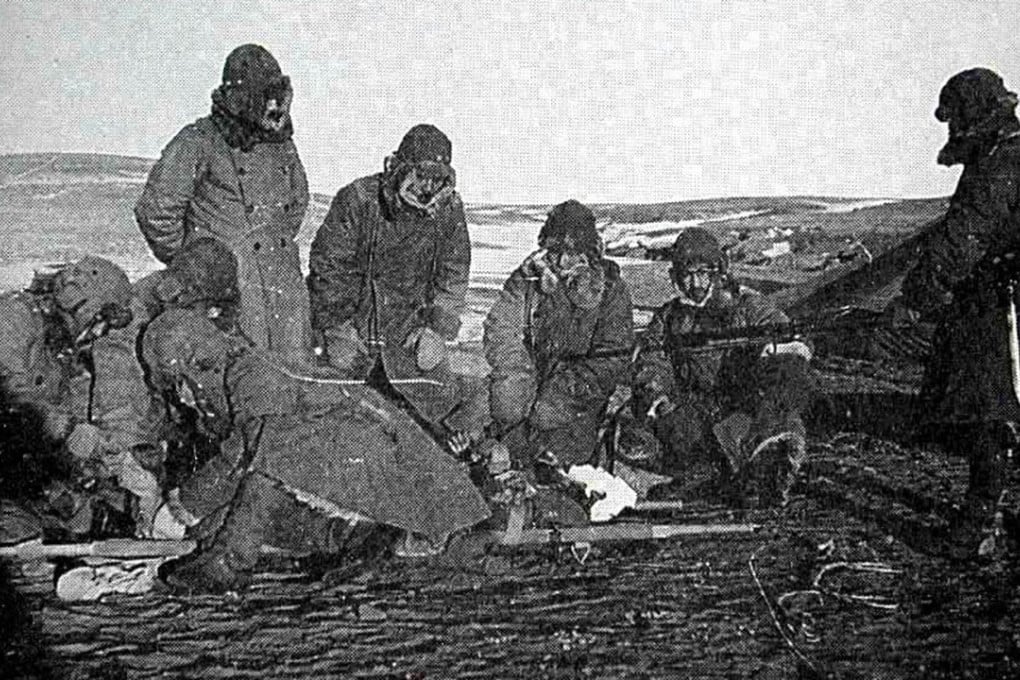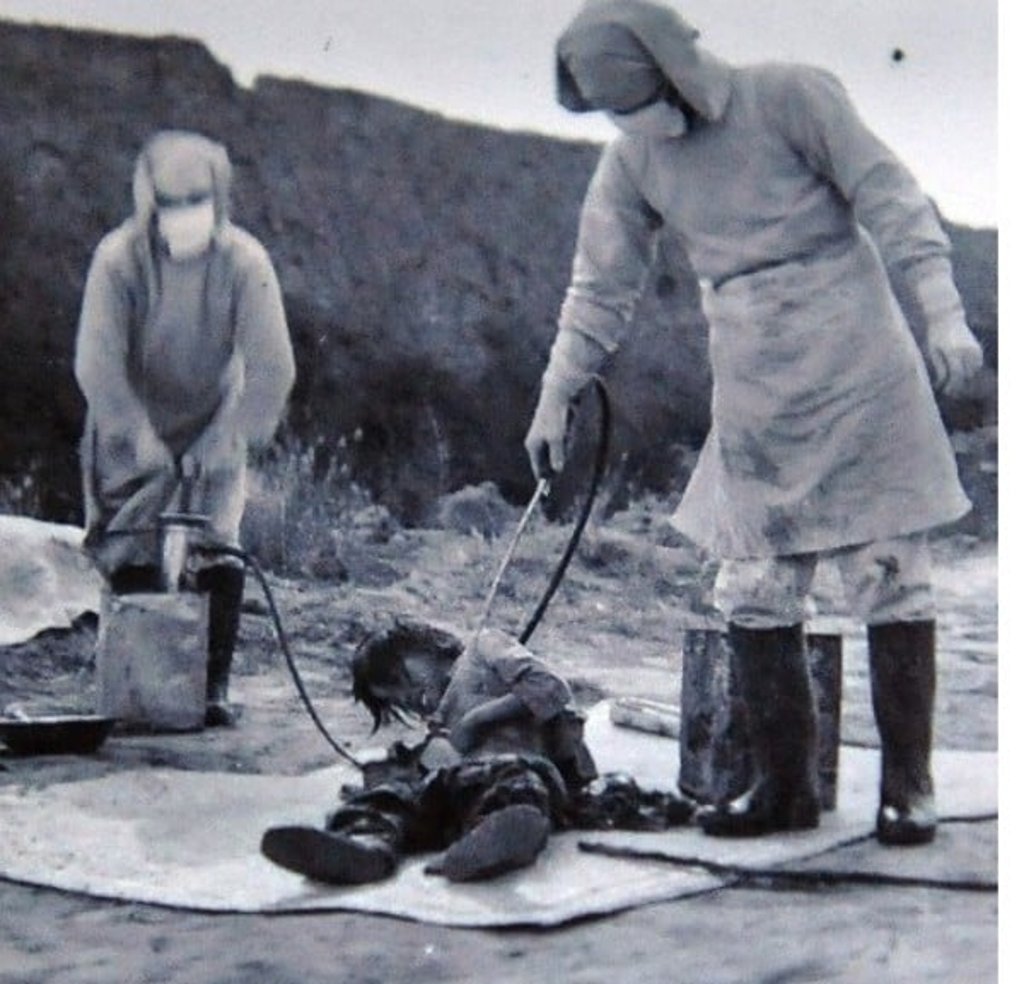Japan’s Unit 731 conducted sickening tests on Chinese. The perpetrators’ identities will now be revealed
Historians believe thousands of people died in human experiments carried out by Unit 731 in Harbin

A group of Japanese scholars is set to reveal the names of the members of a Japanese second world war germ warfare unit that infected and starved Chinese and allied POWs in a series of gruesome experiments.
Katsuo Nishiyama, professor emeritus of Shiga University of Medical Science, told reporters: “It is the first time that almost all the real names of the unit’s members have been unveiled. We will post them on the website so they can be utilised for research.”
The list dated January 1, 1945, includes the names and ranks as well as personal information such as addresses and family members of 52 surgeons, 49 engineers, 38 nurses and 1,117 combat medics, mainly those attached to the headquarters of the unit, officially known as the Epidemic Prevention and Water Purification Department of the Kwantung Army.
The unit, established in 1936 for the purpose of developing biological weapons, conducted research mostly using Chinese and Koreans arrested on espionage charges.

The research included infecting prisoners with germs before performing vivisections on them and deliberately causing frostbite to observe the process of necrosis.
A request to disclose the list was first filed in 2015. Initially, the released list was mostly blacked out but almost all the names and ranks were declassified in January following negotiations, although the personal information of some people was still excluded.